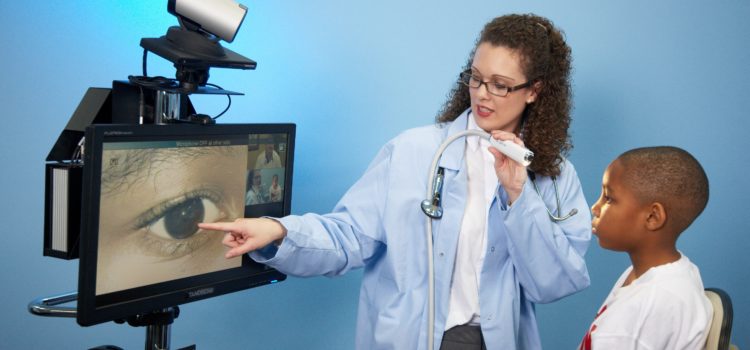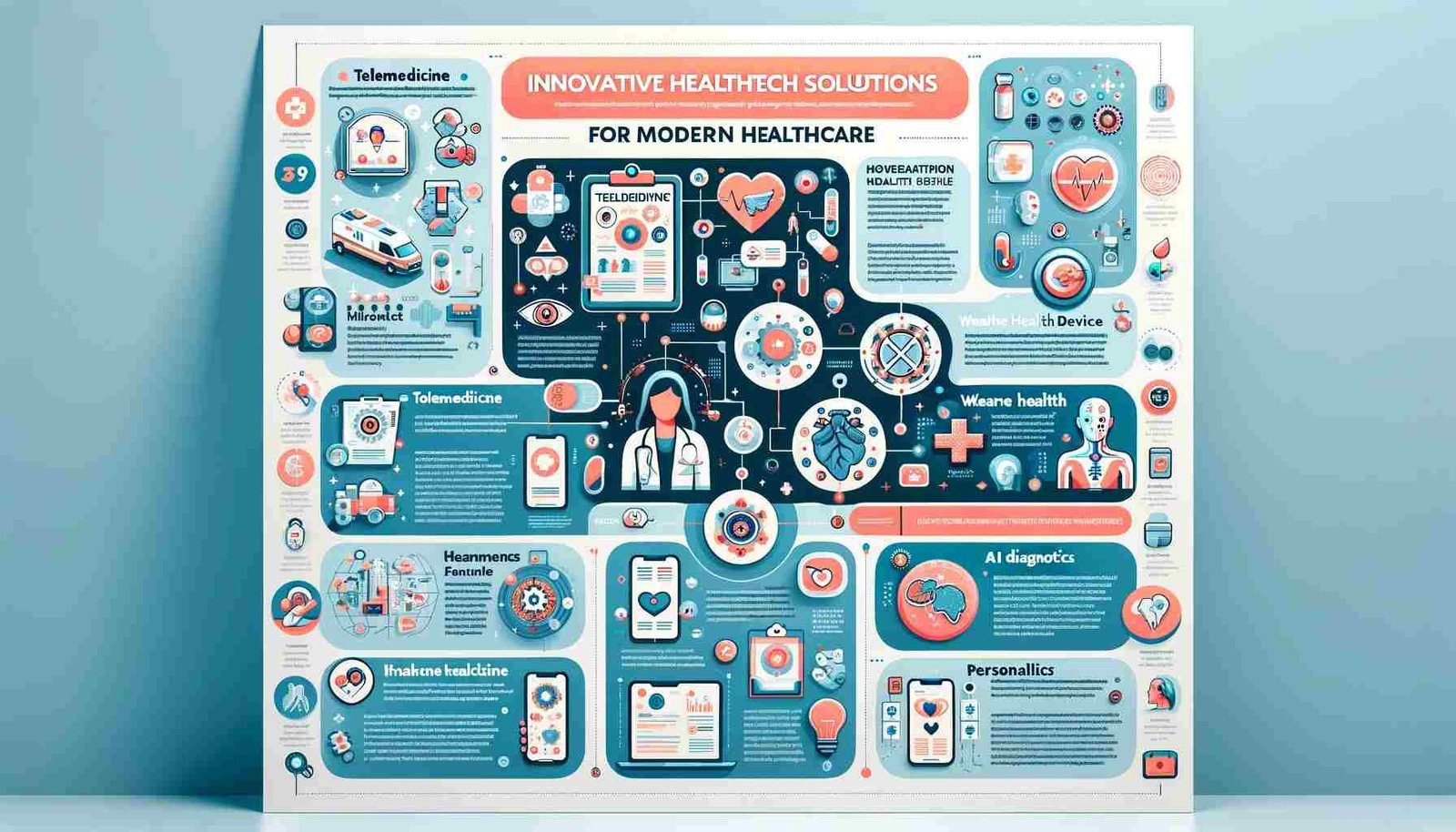Today, I went through many healthcare research studies but the only article that took all my concern was a study on blindness in newborns. Blindness is the major issue among the newborn nowadays.
Retinopathy of prematurity (ROP) used to be called retrolental fibroplasia (RLF) in the 1940s.
This disorder is developing exclusively in premature infants of low weight.
Due to the low weight, fibrous tissue is formed behind the lens, resulting in blindness and severe visual impairment. At the time when it was first seen, no one considers it. After 10 years by the time, it became the major issue amongst the mother and healthcare associates. It now affects thousands of children worldwide.
What is the treatment of ROP given at present?
“Case detection” may also be referred to as screening is the standard method to test ROP. Screening is a process that defines valid test detection.
Neonatal care for countries worldwide is a sensitive issue. For the treatment, the country needs to meet the basic things such as technological variations, available infrastructure and altering the temporal development of retinopathy in different locations.
The screening method as a whole aim to reduce ROP incidents and promote case detection and optimal treatments to decrease the overall burden of childhood blindness.
Current scenario:
- Eighty percent (80%) of infants with birth weight less than 1500 g born in the United States survive and the incident of stage 3 ROP of approximately 8% to 10% has been reported.
- Looking at the current scenario, the guidelines for infants states that, infants with the lower weights at gestational age should be compulsorily screened for ROP.
- Many times healthy babies with a birth weight between 1500- 2000 g may develop ROP.
- In countries like India, Canada, Africa and many other countries, babies born with the expected weight should be considered for screening.
- There are several risk factors for ROP including severe respiratory distress syndrome, anemia, neonatal sepsis, multiple blood transfusions and apnea. These risk factors are to be taken care of by the healthcare experts.
ROP problem makes Dr. Anand very obsessed, he was working for seven years night and day, in screening and monitoring premature babies. He stated that every premature baby should be examined within the first 30 days. (says ET magazine).
Some glimpses of Dr. Anand, he is amongst the top five retinal surgeons in India.
India has increased its number of premature babies by about 3.5 million, World health organization stated that out of which 69% are from rural areas. There are about 17564 of them who go blind despite being born with the sight.
Anand decides to become an ROP surgeon at age of five because his paternal grandfather had lost his vision. He lost his vision, due to the suitcase under which he was seated on the bus. After numerous tries, he does not get his vision back.
Dr. Anand completed his postgraduate program at the postgraduate institute of medical and research, with the thesis study. In his thesis study, he showed that babies with the 2kg weight are also under the risk of ROP, although according to the guidelines it is 1.5kg.
He made the changes in the guidelines and was awarded for it. Then he went to Michigan University for ROP further studies.
He had talked about the “US telemedicine model” in the interviews. In that, he said that the non-physicians are screening and monitoring the ROP and sharing the image with the doctors for further evaluation and treatments.
He added that if polio would be a big concern at that time for the premature then this is too.
If non-physicians can do it in the US then in India also it can be done with serious efforts.
During high time for polio India, the school teachers, doctors, nurses, caretakers everybody were engaged in giving drops. If people waited for the physician to come and give drops, then polio is still not eradicated.
He convinced the model and made investments of crores, to bring telemedicine’s facilities in the system like telescreens, live telemonitor rooms, and much more.
Tools and technologies for ROP:
ROP screening and monitoring nowadays adapt the telemedicine method with prefer the use of information technology between the patients remotely.
To make the new healthcare easy and efficient and accessible to more people around the world, top healthcare developers had already found their way to nurture the new ones.
For the examination of ROP, RetCam digital camera system is there which uses the wide-angle camera and magnification is being used in telescreens, this is advisable as a quick approachable facility.
The advanced technologies have changed their way of predicting and treating, with growing technology and the need for efficient and timely effective solutions for ROP.
Role of Telescreening
Telemedicine examination experienced as a standardized tech for ROP screening. (ophthalmologist suggests that). Digital retinal imaging is an important tool for ROP screening. Non-physicians, neonatal nurses and formal people can use it effectively.
Roles are providing future strategies to overcome the problems of ROP, and expertise the countries in this sector.
Conclusion:
Innovations and advancements in information technology have expanded the network of telehealth and telemedicine. It can serve the community better. Telemedicine has the potential to strengthen healthcare facilities and lowers risks to the patients.
More innovative programs and software are built for more quality assurance and affordability.
Parth Patel is an ambitious personality, aiming to help the healthcare industry in every possible way. He is serving as CEO at SyS Creations – a top telemedicine app development company – approaching towards the betterment of communities with expertise in information technology.

















Leave a Reply